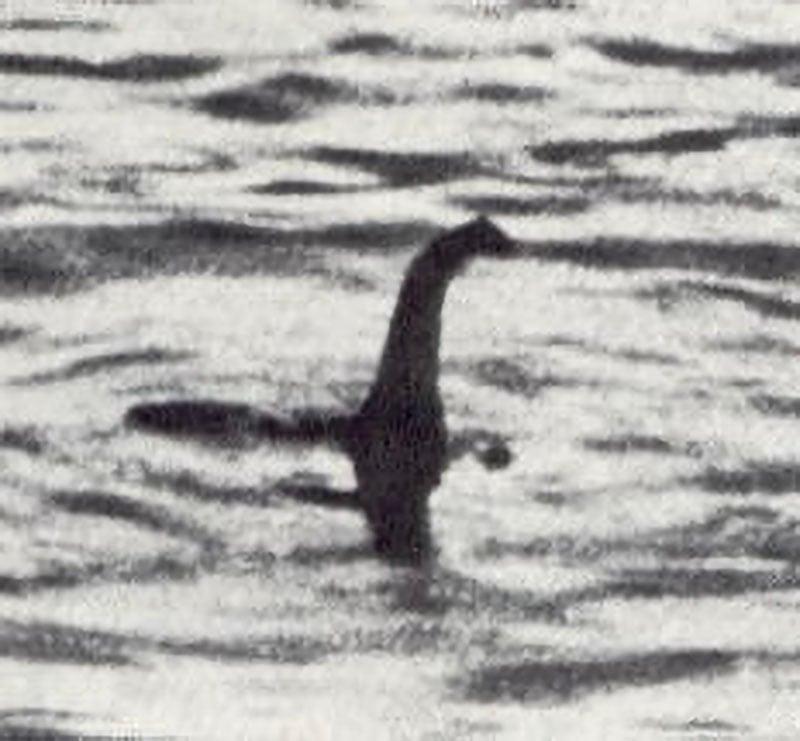Thermal Drones and Infrared Cameras Used to Search for Loch Ness Monster
![]()
Hundreds of people searched for the Loch Ness Monster in Scotland this weekend — deploying the latest technology including thermal drones and infrared cameras.
The Loch Ness Monster, or “Nessie”, is a folklore creature that lives in a giant freshwater lake in Scotland and thousands of people are determined to prove the mythical beast’s existence.
Researchers from the Loch Ness Center used thermal-imaging drones, infrared cameras, and a hydrophone in a bid to find Nessie. It was the biggest survey of the lake in 50 years.
“The thermal drones and infrared drones are something we’ve never had before,” Alan McKenna from the Loch Ness Center tells the Independent. “We’ve had cameras at the side of the loch before but never from the air so we’ll very easily pick up a heat signature if something does break the surface.”
Unfortunately for the mystery hunters, bad weather hampered their search over the weekend with the drones particularly being affected by the thick clouds that made capturing quality images difficult.
There was no immediate conclusive evidence of the Loch Ness Monster but there was excitement when the hydrophone (an underwater microphone) picked up “four distinctive ‘gloops’.”
Does the Loch Ness Monster Exist?
The story of the Loch Ness Monster dates all the way back to the sixth century but the modern-day legend began in 1933 when a hotel manager reported seeing a “water beast” in Loch Ness, which is the largest freshwater lake in the United Kingdom.
Since then there has been a spate of alleged sightings leading to a worldwide fascination with Nessie. In 1934, a famous black and white photo purporting to show the monster was published.

Known as “the surgeon’s photograph” it was debunked 70 years later when it was revealed that it was actually a 12-inch-high model made from plastic wood and a toy submarine.
Scientists believe that some of the sightings are probably down to a seal or a giant eel.
“I believe there is something in the loch,” says volunteer Craig Gallifrey. “I do think that there’s got to be something that’s fueling the speculation.”